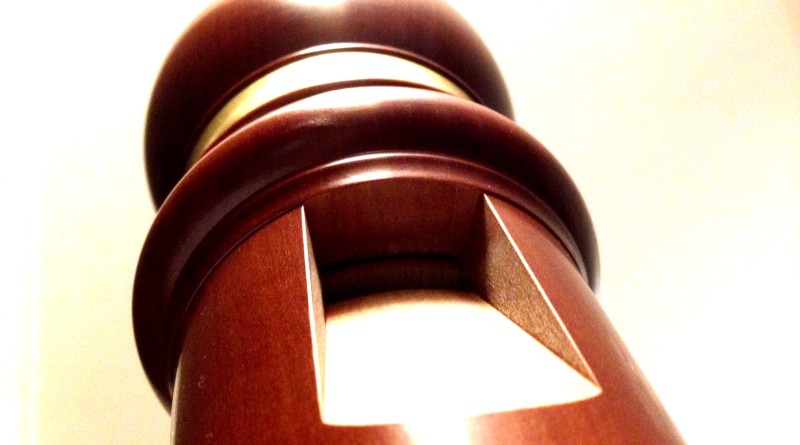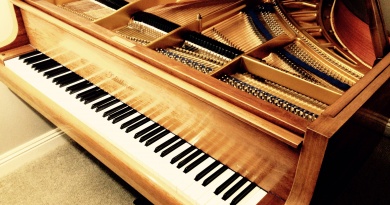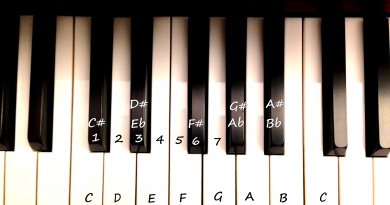What Are Wooden Recorders Really Made Of?
Many young children start their musical journey on a descant recorder. It is easy to make a sound on, and small enough for little fingers to reach each of the holes. A plastic descant recorder is a great introduction to many musical instruments. Altering the pitch, dynamic and articulation allows for the development of musicianship.
But many a parent knows that the sound of recorders in the hands of children can be an uncomfortable experience. The recorder is one of the hardest instruments to play well. Pitching is dependent on breath control, nuances in fingering technique and tongue action. How can a small child be expected to master all these actions?
Plastic recorders are hard wearing and are easy to clean when instruments are shared. Many good brands are also capable of beautiful tone quality in the right hands. So why do advanced players and professionals opt for wooden instruments? It’s not all about how they look. After all, an expensive Grenadilla instrument with ivory decoration looks much like a plastic one from any distance. And the Paetzold Contrabass has been likened to Ikea furniture!
But these wooden instruments have been hand-finished. This means the tuning of each one has been checked and tweaked to give the player the best chance of hitting the correct pitch every time. And the wood density offers nuances in tonal quality that plastic cannot emulate. They weigh more. This can be helpful when the fingers must move rapidly.
Most importantly, the wind way is made of Cedar, not plastic. This takes on some of the breath moisture, as does the wooden bore. The cedar block also channels the air into the bore. On some modern instruments, such as the Hopf Silberton or the Mollenhauer Helder, these can be adjusted. It can alter the tonal quality and sound. A new man-made block can also be used that will better manage the moisture.
Smaller recorders are most typically made of pear wood or maple. These are cheap woods. The pear is denser and creates a beautiful, clear and determined tone. The maple is softer so may not last as long. It’s easy to damage the thumbhole with the nail.

Neither usually require much maintenance. These woods are impregnated with oils to protect them. Rosewoods and olive wood have a medium density and are used in higher-end instruments. They are very pretty.

Grenadilla or ebony have more flute-like qualities to their sound. They more readily match the plastic instruments for appearance and effect. These woods are dense and heavy to handle, though. They take longer to warm up to pitch, and will be too wet to use in under an hour. For players who have a moist breath, satinwood may be a better choice.
Larger recorder such as the Great Bass, Contrabass and Subcontrabass are being made from cheaper woods these days. Pearwood or Birch ply are the preferred materials. They create a stronger sound in a consort. The lower pitched instruments can be very quiet in the bottom ranges.
Choosing the wood to suit you is about trial and error. For many, it is about the beauty of the wood. Always play your familiar repertoire to compare, and use a tuner to be sure you are able to pitch comfortably.





